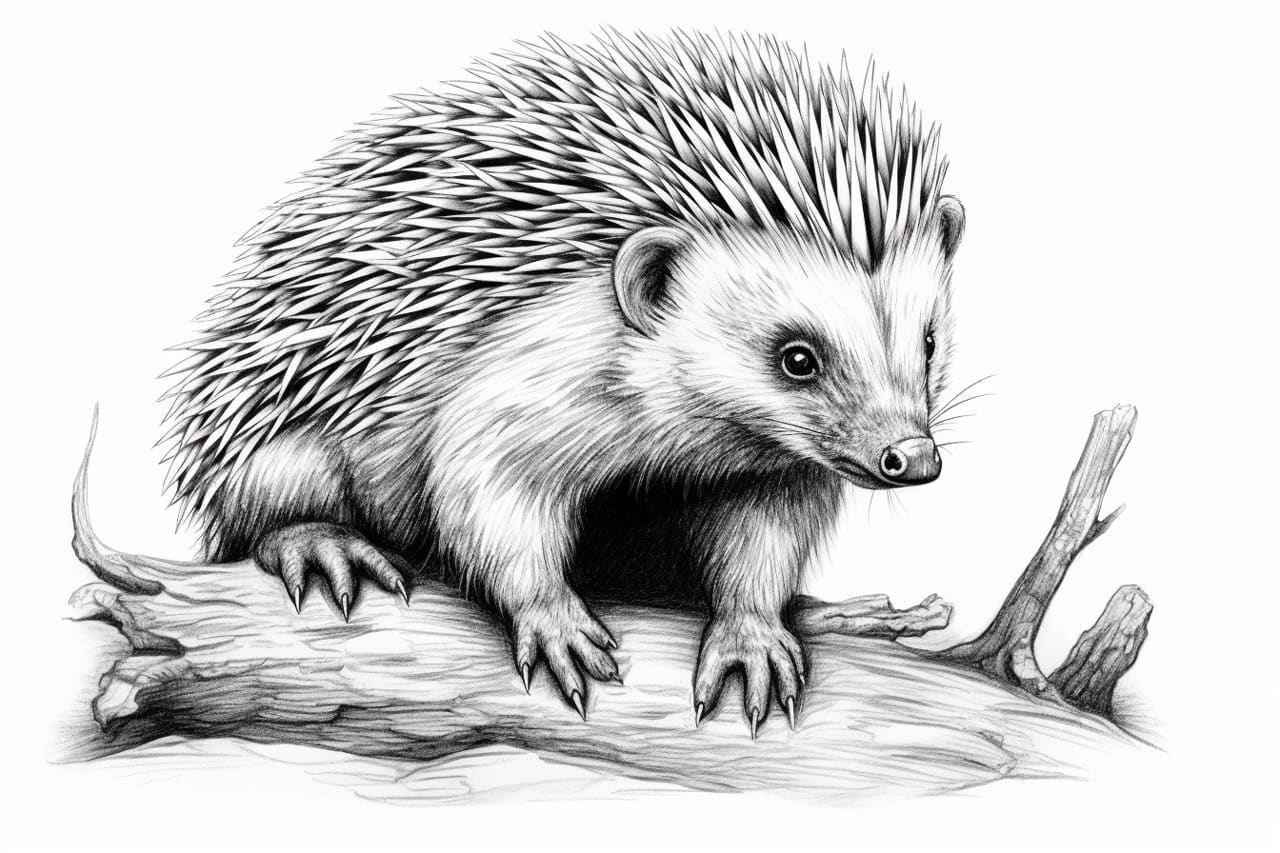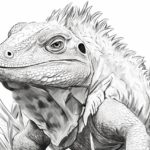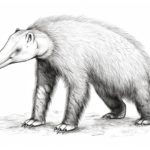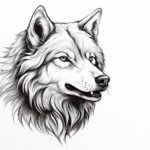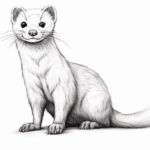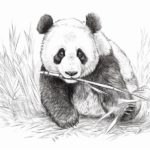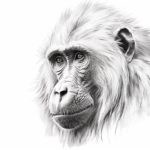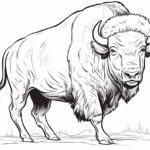Drawing an Echidna, with its unique combination of spiky exterior and curious snout, presents a fascinating challenge for artists seeking to capture its intricate features on paper. This elusive creature, often described as a living relic of prehistoric times, offers a blend of softness and sharpness that requires a keen eye for detail and a steady hand. In this guide, we will explore the art of drawing Echidna, from understanding its anatomy to mastering the textures of its spines. Join me on this artistic journey as we delve into the world of this enigmatic animal and bring it to life on the canvas.
Materials Required
To draw an Echidna, you will need the following materials:
- Pencil: for sketching and outlining the basic shapes of the Echidna.
- Eraser: for correcting mistakes and refining your drawing.
- Drawing paper: to draw your Echidna on.
- Colored pencils or markers: to add details and color to your drawing.
- Reference images of Echidnas: to help you accurately depict the features of this animal.
- Optional: shading tools like graphite pencils or charcoal for adding depth and dimension to your drawing.:
How to Draw a Echidna: a Step-by-step Guide
Step 1: Gather Your Materials
Start by gathering all the necessary materials for your drawing. You will need a pencil, eraser, drawing paper, and any coloring materials you may want to use later on.
Step 2: Study Echidna Anatomy
Take some time to study the anatomy of an echidna. Note its unique features such as the spiky fur, distinctive snout, and claws. Pay attention to the proportions and shapes of these features.
Step 3: Sketch the Basic Shapes
Begin by lightly sketching the basic shapes of the echidna. Use simple geometric shapes like circles and ovals to outline the head, body, and limbs. Don’t worry about details at this stage, focus on getting the overall proportions right.
Step 4: Add Details to the Head
Refine the shape of the head by adding the snout, eyes, and ears. Echidnas have small, beady eyes and a long, slender snout. Add in the details of the ears, making sure to capture their unique shape.
Step 5: Outline the Body and Limbs
Next, outline the body and limbs of the echidna. Pay attention to the placement of the spikes on the back and the claws on the feet. Echidnas have short, sturdy limbs with sharp claws for digging.
Step 6: Add Texture and Detail
Once you have the basic outline of the echidna, start adding texture and detail to bring your drawing to life. Add in the spikes on the back by drawing short, spiky lines. Use shading to create depth and dimension in the fur and body.
Step 7: Refine and Erase Guidelines
Go over your drawing, refining the lines and adding any final details. Erase any guidelines or unnecessary lines to clean up your drawing and make it look polished.
Step 8: Add Color (Optional)
If you choose to add color to your drawing, use colored pencils, markers, or paint to bring your echidna to life. Echidnas are typically brown or gray in color, but feel free to add your own creative touch.
Step 9: Final Touches
Take a step back and review your drawing. Make any final adjustments or additions to enhance the overall look of your echidna drawing. Sign your artwork and consider sharing it with others to showcase your talent.
Conclusion
Your Echidna drawing is a fantastic achievement! Your attention to detail and use of shading really bring the creature to life on the page. Keep exploring different drawing techniques and continue to push yourself creatively. Remember, practice makes perfect, so keep drawing and experimenting with different subjects. Your talent and dedication will surely lead to even more impressive artwork in the future. Well done!
Fun Facts About Echidnas
- Echidnas are one of only two monotremes in the world, the other being the platypus. Monotremes are egg-laying mammals.
- They are also known as spiny anteaters due to their diet of ants and termites.
- Echidnas have a long, sticky tongue that can be up to 18 cm (7 inches) long, which they use to catch their prey.
- They are covered in spines, which serve as their primary defense mechanism. When threatened, they can curl up into a ball to protect their soft underbelly.
- Echidnas are excellent diggers and can use their strong claws to excavate ant and termite nests.
- Female echidnas lay a single egg, which is then carried in a pouch on their belly until it hatches. The baby echidna, called a puggle, is then nursed on milk secreted from the mother’s skin.
- Echidnas are found in Australia and New Guinea, and there are four species of echidna: the short-beaked echidna and three species of long-beaked echidna.
- Echidnas are known for their unique reproductive system, which includes a four-headed penis. During mating, two of the heads shut down, and the other two heads alternate in function.
- Echidnas have a low body temperature compared to other mammals, around 32-33 degrees Celsius (89.6-91.4 degrees Fahrenheit), which helps them conserve energy.
- Echidnas are considered to be living fossils, as they have remained relatively unchanged for millions of years and retain many primitive characteristics compared to other mammals.
Suggestions for Scenes and Settings for Echidna Drawings
- A lush Australian outback landscape with Echidna foraging for ants or termites among rocks and bushes.
- Echidna curled up in a cozy burrow, surrounded by roots and soil.
- Echidna climbing a tree trunk or exploring a rocky crevice.
- Echidna in a peaceful garden setting, with flowers and plants in the background.
- Echidna near a water source, such as a stream or pond, with reflections of trees and sky.
- Echidna in a whimsical fantasy setting, with colorful mushrooms and fairy lights.
- Echidna in a desert landscape, blending in with the sandy terrain or seeking shelter under a cactus.
- Echidna in a snowy winter scene, with snowflakes falling gently around it.
- Echidna in an urban setting, such as a park or backyard, interacting with human-made objects like benches or fences.
- Echidna in a mystical forest setting, with ancient trees and mystical creatures in the background.

